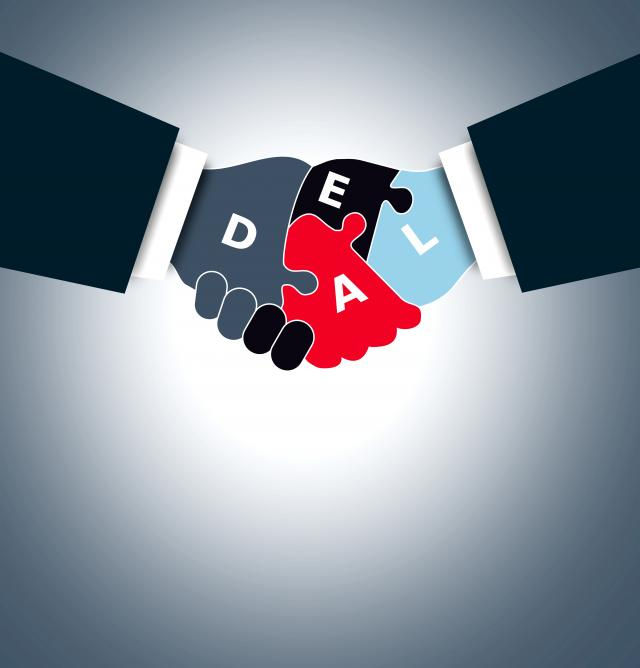As online presence is so important, building a website is one of the crucial steps to make a...
How to close a deal ?

Close a Deal: A Comprehensive Guide to Effective Business Conclusion
In the world of business, mastering the art of closing a deal is more than essential. It's not just about closing the deal, but also about knowing how to do it right. Let's delve into the intricacies of this crucial process, guiding you through the stages of decision-making - awareness, consideration, and decision.
The first step is to create a compelling and exclusive offer. Design an offer that is not only unique but strategically limited in time, quantity, or availability. By injecting a sense of urgency and exclusivity, you prompt your potential customers to make a quick decision, fostering a sense of urgency and FOMO (fear of missing out) that can often prove to be a powerful motivator.
Next, package your offers in a way that highlights the inherent benefits your customers can gain from their purchase. Emphasizing these benefits within a well-designed package forms an attractive proposition that can influence even the most demanding customers.
Harness the power of strategic counterattacks. When faced with demands from a customer, consider leveraging the principle of reciprocity by accepting their request only after the immediate completion of a purchase. This subtle yet effective strategy not only encourages swift action but also strengthens your negotiating position.
Encourage your potential customers to imagine the experience of using your product or service. By allowing them to visualize the benefits of your offer firsthand, you dispel any lingering doubts and reinforce their confidence in the value of their purchase. Additionally, this approach provides you with a platform to address any potential concerns or objections, thus reinforcing the value proposition of your product or service.
Incorporating test questions into your sales strategy can be highly effective. After a demonstration of your product, engage your potential customers with targeted questions that assess their specific needs and requirements. Leveraging their responses, you can tailor your message to assuage any concerns and reaffirm the unique benefits your product or service offers.
Introduce a subtle sense of scarcity into your negotiation tactics. If faced with requests for price reductions or additional offers, consider incorporating a subtle scarcity tactic. While you may concede to their request, strategically diminish the features or specifications of your product or service in response. By redirecting their focus to the potential drawbacks of a reduced offer, you bolster the value of your original proposition, effectively mitigating any further price-related negotiations.
It's equally crucial to identify your key stakeholders. Understanding the dynamics between decision-makers and influencers allows you to tailor your approach to meet their specific needs and expectations, thereby streamlining the negotiation process.
Ultimately, factual evidence forms the basis of a compelling argument. Backing up your offer with concrete facts and figures that resonate with your client's specific needs and goals can serve as a powerful catalyst for reaching a mutually beneficial agreement.
In essence, mastering the art of closing a deal isn't just limited to the transaction itself but about fostering a relationship based on trust, transparency, and mutual understanding."



